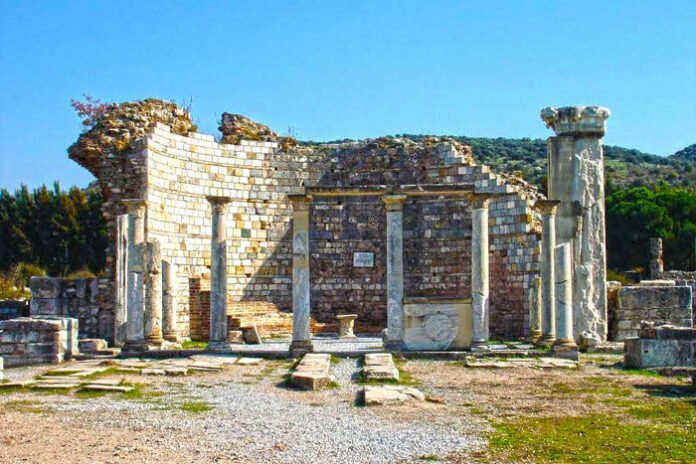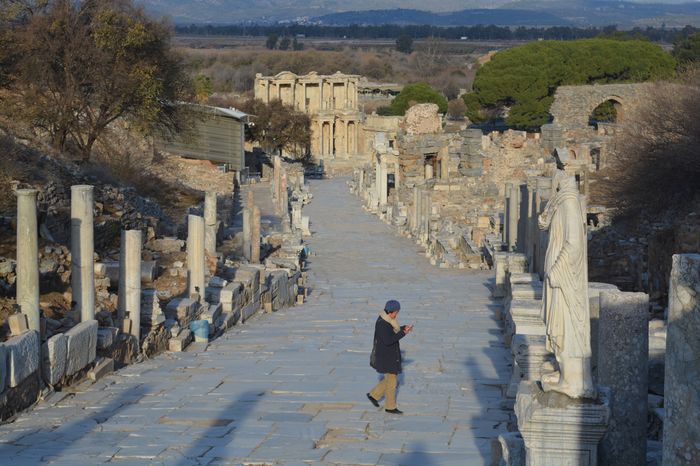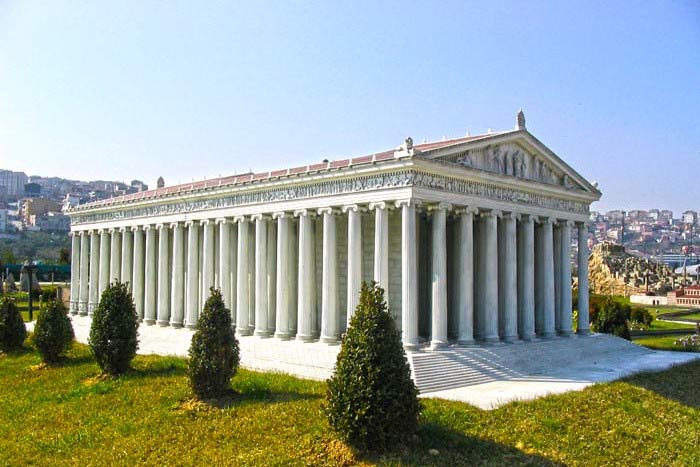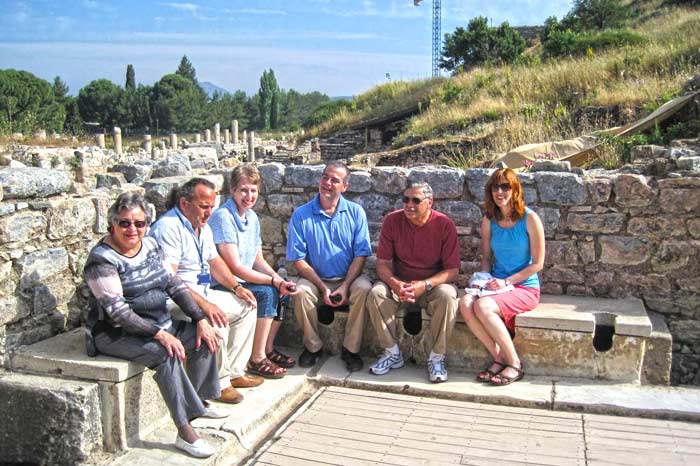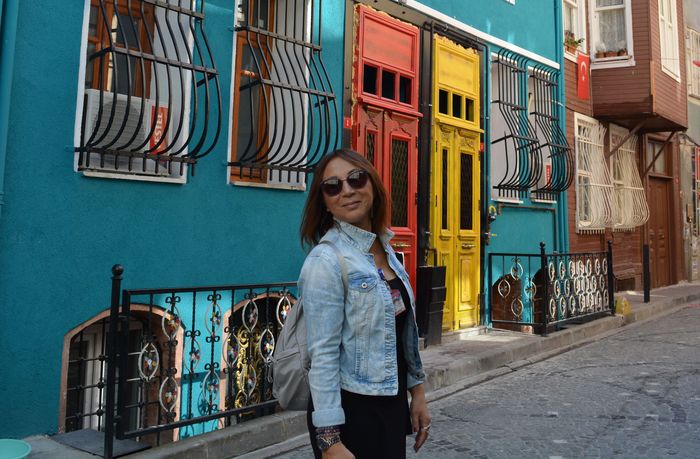Ephesus Day Tour – Virgin Mary Church
Join an Ephesus Day Tour to explore the Virgin Mary Church, also called the Church of Mary. This sacred site is one of the most important early Christian churches in Ephesus. It welcomes thousands of tourists and pilgrims every year.
The church became famous after it hosted the Third Ecumenical Council in 431 A.D.. Emperor Theodosius II organized this meeting to settle a religious debate. The argument was about the true nature of Jesus Christ and His mother Mary.
One group, led by Nestorius, the Bishop of Constantinople, believed that Christ was born human and later became God. According to him, Mary should only be called “Christ-bearer” or Christotokos.
Another group, led by Cyril, Bishop of Alexandria, believed Jesus was born divine and was always the Son of God. This belief supported calling Mary Theotokos, meaning “Mother of God”. The council sided with Cyril. They declared that Jesus was born as God and Mary rightly held the title of Theotokos.
About 250 bishops came to Ephesus and joined this serious debate. In the end, Nestorius was excommunicated from the Church. A torchlight parade through Ephesus celebrated Mary as Mother of God. Today, Christians still say, “Holy Mary, Mother of God, pray for us sinners.”
To explore this amazing story in person, join our private guided Ephesus tours.
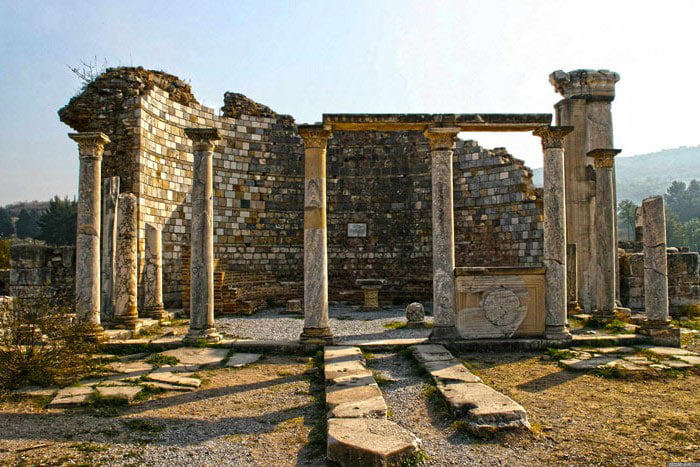
Ephesus Day Tour – Second Council and Baptisms
In 449 A.D., a smaller council met again at the Church of Mary. This meeting became controversial and was later named the Robber Synod. It was not accepted as an official council. Still, during the 5th century, the church became the main seat of the Bishop of Ephesus.
Baptism ceremonies took place in a polygonal baptistery. Here, many pagans were baptized and joined Christianity. The church stands today as one of the most powerful early Christian landmarks on any Ephesus Day Tour.
Discovered in the early 20th century, this church is believed to be the first in the world dedicated to Mary. A letter from the first council mentions both St. John and Mary living in Ephesus. Some believe they both died and were buried in this ancient city.
You can discover the roots of Christianity with customized Turkey tours designed to match your interests.
Virgin Mary Church – Holiest Church of the Most Holy
The building was later named the holiest church of the most holy, most honored, and eternal Virgin Mary. Sadly, an earthquake damaged much of the church. A large renovation followed. Columns were replaced with stone pilasters, and a vaulted dome with an apse was added.
The church was divided into two parts. One section honored St. John the Evangelist and the other honored Mary. Some people began calling it the Double Church. It continued to serve as a cemetery church into the 11th century. Today, you can still find many graves in the entrance plaza.
In 1931, Pope John XXIII, then a papal legate in Bulgaria, visited Ephesus. He honored the 1500th anniversary of the council held at the Church of Mary. This moment confirmed the church’s global spiritual value.
Add this sacred place to your private tours Bulgaria or customized Turkey tours itinerary.
Why Visit the Virgin Mary Church?
- Learn about the Council of Ephesus and the title “Mother of God”. See where early Christian decisions were made. Visit the baptistery where pagans became Christians. Explore a place once led by bishops and emperors. Connect with Christian heritage through private guided Ephesus tours
Book now or contact us to plan your unforgettable visit to Ephesus.
